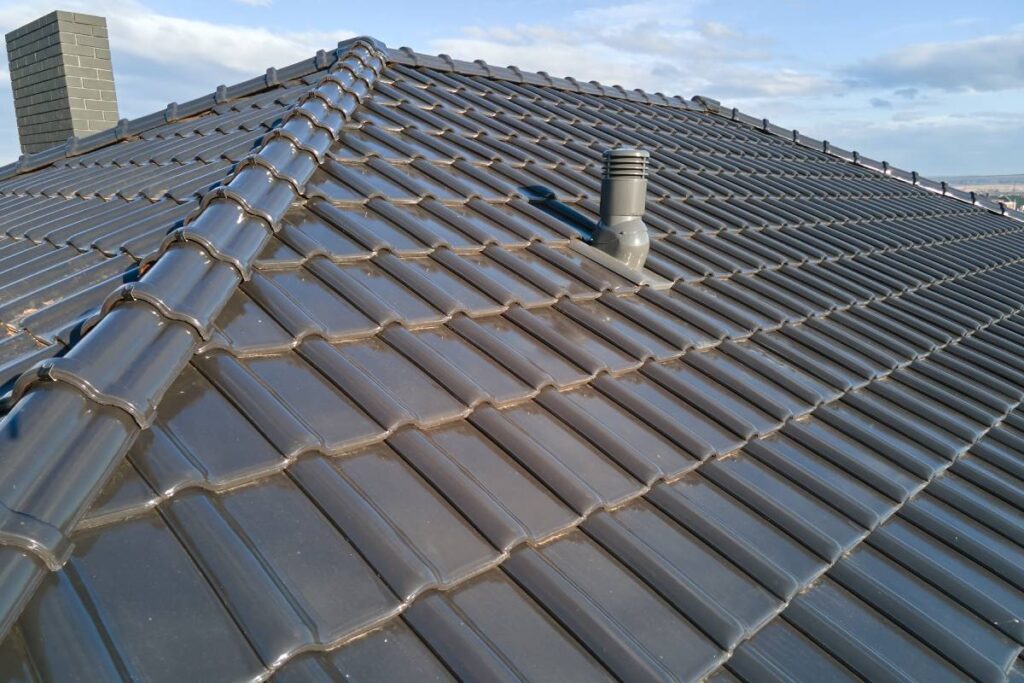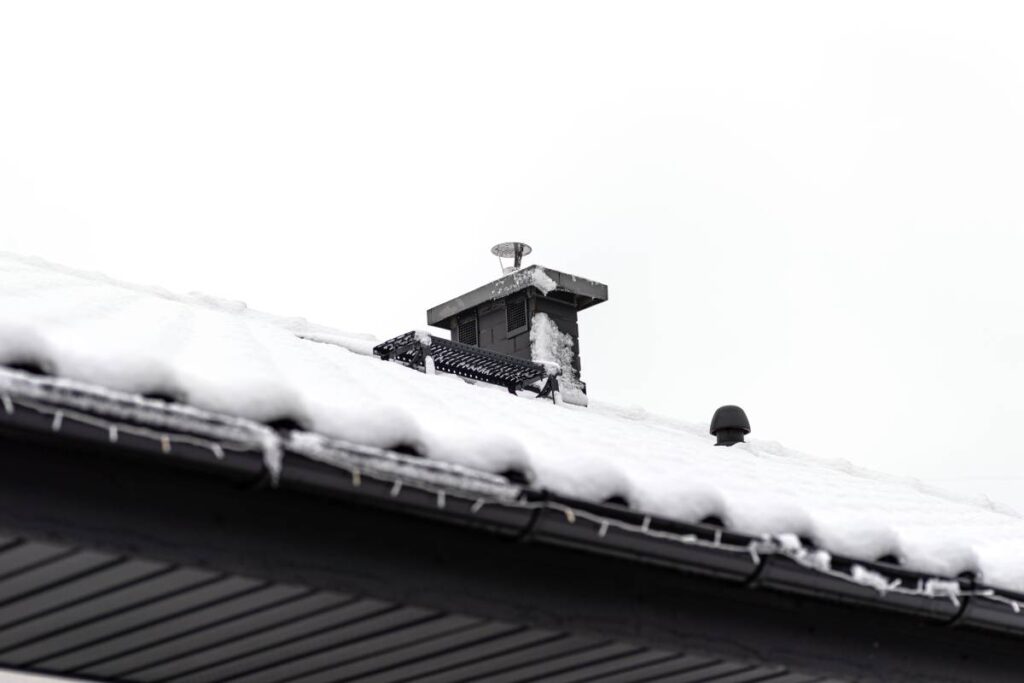
In the ever-evolving world of building technology, one often overlooked yet indispensable aspect is rooftop ventilation.
Like the unsung hero in a story, rooftop ventilation systems play a pivotal role in the comfort and well-being of our indoor spaces. This exploration will delve into three key facets of rooftop ventilation: its fundamental role as a breath of fresh air for buildings, its seasonal adaptability, and its remarkable ability to save both energy and money.
So, let’s see the secrets of rooftop ventilation and discover how it transforms our living and working environments.
Imagine your house as a living, breathing entity. Just like you, it needs a fresh supply of air to stay healthy and comfortable. That’s where rooftop ventilation comes into play. In simple terms, rooftop ventilation is the process of allowing air to flow in and out of a building through its rooftop.
Now, you might wonder, why is this ventilation thing so important? Let’s break it down.
Rooftop ventilation is like the lungs of a building. It involves the exchange of indoor and outdoor air to maintain a healthy and comfortable environment inside. This process is typically achieved using devices like vents, fans, or windows installed on the roof. The goal is to ensure a continuous flow of fresh air while expelling stale or polluted air.

Rooftop ventilation is not just a fancy term – it’s a fundamental aspect of maintaining a healthy and comfortable living or working space. Think of it as a breath of fresh air for your building, ensuring that it remains a pleasant and inviting environment for everyone inside. So, the next time you feel a gentle breeze through your rooftop vents, know that it’s not just air; it’s the essence of a well-ventilated, thriving building.
Rooftop ventilation systems aren’t just static fixtures; they’re dynamic players that adapt to the changing seasons, ensuring your building stays cosy all year round. These systems are like the unsung heroes of your living or working space, working silently to create a comfortable atmosphere regardless of the weather outside.
Let’s explore the seasonal superpowers of rooftop ventilation.
In the scorching heat of summer, rooftop ventilation systems emerge as the cool saviours. They allow hot air to escape from the building, preventing it from turning into a heat trap. Imagine your building as a giant fan – rooftop vents and exhaust fans kick in, expelling hot air and letting in the cool breeze. This not only keeps the indoor temperature pleasant but also reduces the strain on air conditioning systems, saving energy and costs.

When winter comes knocking with its chilly winds, rooftop ventilation doesn’t take a back seat. Instead, it becomes a crucial ally in maintaining warmth. Managing the airflow prevents cold air from lingering inside. It’s like having a cosy blanket for your building, keeping the cold at bay. This not only ensures comfort but also contributes to energy efficiency by assisting heating systems in maintaining an optimal temperature.
As spring blossoms and the world outside comes to life, rooftop ventilation systems play a role in bringing that freshness indoors. They help in expelling any lingering stuffiness from the winter months and ensure a continuous flow of crisp, clean air. It’s like opening the windows after a long winter – except rooftop ventilation does it automatically, promoting a rejuvenating atmosphere inside your building.
When autumn leaves start falling, rooftop ventilation systems gear up for maintenance mode. They assist in controlling humidity levels, preventing moisture buildup that could lead to mould growth. By keeping the air circulating, these systems contribute to a healthy living environment, making sure your building is ready to face the challenges of the changing seasons.
Regardless of the season, rooftop ventilation systems are champions of energy efficiency. By promoting natural airflow and reducing the reliance on mechanical heating or cooling systems, they help cut down energy consumption. It’s a year-round commitment to sustainability, contributing to both your comfort and a greener planet.
Rooftop ventilation isn’t just about letting in fresh air; it’s a money-saving maestro and an energy efficiency expert. Imagine it as your building’s sidekick, working tirelessly to keep you comfortable while cutting down on energy costs.
Let’s see how rooftop ventilation can save energy and money.
**1. Cooling Costs: During the sweltering heat of summer, air conditioning becomes our trusty companion. However, it can also be a hefty energy consumer. This is where rooftop ventilation steps in as the cost-cutting crusader. By allowing hot air to escape, it lessens the load on your air conditioner. Picture it as a tag team – rooftop vents working alongside your AC to keep the indoor temperature comfortable without overworking the cooling system. The result? Lower energy bills.

**2. Winter Warmth without the Waste: As winter wraps its chilly arms around us, heating systems kick into action. Rooftop ventilation doesn’t sit idly by; it ensures efficient heating without unnecessary energy waste. Maintaining proper airflow prevents heat from escaping, turning your building into a cosy haven. It’s like having a snug sweater for your home, keeping you warm without draining your wallet with excessive heating costs.
**3. Natural Airflow: One of the remarkable features of rooftop ventilation is its reliance on natural airflow. Instead of solely depending on mechanical systems, it harnesses the power of nature to keep your building comfortable. This not only reduces the need for constant energy consumption but also leads to significant savings over time. Think of it as a breath of fresh air for your finances.
**4. Say Goodbye to Excessive Humidity: Humidity can make a space uncomfortable and contribute to higher cooling costs. Rooftop ventilation systems excel in moisture management. By expelling humid air, they prevent the buildup of moisture that can strain your air conditioner. This not only improves comfort but also ensures your cooling system operates efficiently, saving you money on energy bills.
**5. Efficiency: Rooftop ventilation is not a one-season wonder; it’s a year-round efficiency champion. Whether it’s summer or winter, this system continues to work seamlessly, promoting energy savings regardless of the weather outside. It’s an investment in long-term efficiency that pays off in reduced energy costs over the life of your building.
In the grand symphony of building dynamics, rooftop ventilation emerges as a silent conductor orchestrating comfort, adaptability, and savings. As we’ve delved into its fundamental importance, seasonal prowess, and financial benefits, it becomes evident that rooftop ventilation is not just a feature; it’s a superhero in the architectural narrative.
It breathes life into our buildings, adjusting seamlessly to the seasons, and, perhaps most impressively, it is a guardian of our wallets, curbing energy costs with finesse. Whether it’s whisking away cooking odours in the kitchen or contributing to a pest-controlled environment by managing humidity, rooftop ventilation proves its versatility.
So, the next time you enjoy a perfect indoor climate while saving on bills and maintaining a fresh, pest-free kitchen, remember to tip your hat to the unsung hero on the roof – the rooftop ventilation system. It’s a reminder that, in the pursuit of comfort, efficiency, and pest control, sometimes the real magic happens above our heads.